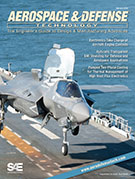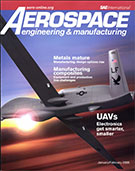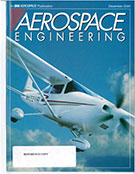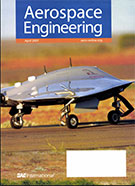Magazine

Aerospace & Defense Technology: February 2014
2014-02-03
Thermal simulation and testing of expanded metal foils for lightning protection With the implementation of major aircraft structures fabricated from carbon fiber reinforced plastic materials, lightning protection has become a more complicated issue for designers and engineers to solve. Electronics take charge Digital controls are handling more engine control tasks on a wider range of aircraft.



















